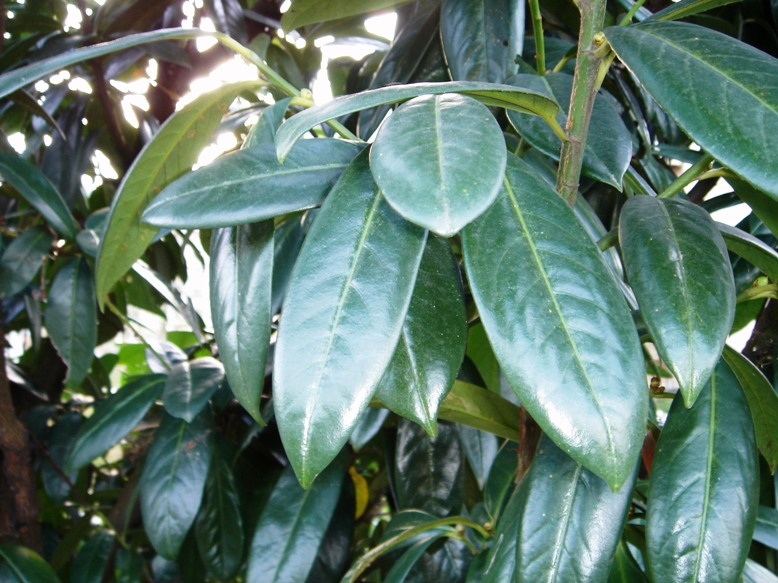
So, who’s ready for Holy Week?
When I first learned of the practice of making noise during the “Arise, O God” of Holy Saturday (which is in imitation of the uproar of hell as Christ enters into it and destroys the power of death), I thought, “This is awesome!” And then I thought, “How would you ever introduce such a practice into a parish?” And I figured it was basically impossible, because it’s so “out there” for those who have never heard of it, that they could probably be pretty disturbed by it.
A few years ago, however, some of our young people at the parish approached me during Holy Week and asked if they could do this on Saturday at the liturgy. (They had heard me describing it.) I at first demurred, saying, “Well, let’s maybe think about this for next year or sometime in the future.”
But then some switch inside me just flipped, and I later went back to them and said, “You know what? Let’s see if we have some wooden spoons or something in the kitchen. Let’s do this.”
And so that morning, when I came out and started throwing laurel leaves everywhere, they began their banging. And as I walked around the church, I was inwardly nervous, wondering what the people who weren’t “in” on the practice would be thinking. But as I looked at all them, I noticed that they were indeed looking around in wonderment, but there was a smile on every face.
And so after the Gospel, I preached on the Harrowing of Hell. And everyone loved the whole thing.
Watch the videos below for examples.
A small note: What I’m describing here is not a universal custom, but one can see it both in “old country” parishes and elsewhere in the world. A lot of Orthodox folks have never even heard of it, and some object to it. As with all liturgical variety, I advise looking with charity upon established practices that you’re not used to and most especially obeying one’s local bishop and parish pastor.




How fun! I love the physical component(s) of Orthodox worship; they add so much to the action of worship.
Fr. Andrew:
I experienced this tradition first-hand in 1985 while on pilgrimage to the Holy Land for Pascha. Our group attended the Holy Saturday Liturgy at one of the chapels in the Holy Sepulchre complex. If memory serves, it was the chapel used by the Arab Christians. When the time came for “Arise, O God, and judge the earth,” the congregation all began stamping their feet with abandon and whistling loudly while the clergy threw laurel leaves at them from baskets they carried. When the commotion began, I recall being startled — very startled — as the floor shook! I’d never in my life seen such behavior in Church. But a companion whispered that the idea was to simulate the earthquake that accompanied the Resurrection. It left an indelible impression for sure.
From that Liturgy, we hurried to the Rotunda to await the Holy Fire, yet another intense experience, of course.
In Christ,
Dn. David Maliniak
Christ the Saviour, Paramus, NJ
Father, when we approached our priest about bringing in this beautiful tradition, he was apprehensive too — but like you, he took a deep breath and went for it. We had the same experience: pure joy, even from the unitiated. That’s the mark of a very good tradition. Thanks for this post.
I was born in Greece but don’t remember this practice. The first time I experienced it was here in my own parish of St. Nicholas Greek Orthodox Church in Baltimore, MD about 10 years ago. Back then, the church was not full because early Saturday mornings only those that wanted to take Holy Communion would come in a somewhat “drive through Communion” as it was called and leave to go home or to go to work. Now everyone comes and stays for the service and eagerly awaits to hear the first proclamation of His Resurrection even though we doubted it. At our church, the noise resembling the earthquake is made by the altar boys using cow bells, but the entire congregation participates too, by banging on the pews like drums with their hands, as the priest walks down the aisle tossing the laurel leaves to all. I get moved by this act and what it symbolizes to me. As I looked around, I noticed that tears were also streaming down the cheeks of some of the other parishioners. Now our church gets more crowded every year as more and more people hear of this practice and want to come to experience it too.
We do this at my Parish. Have done it for several years.